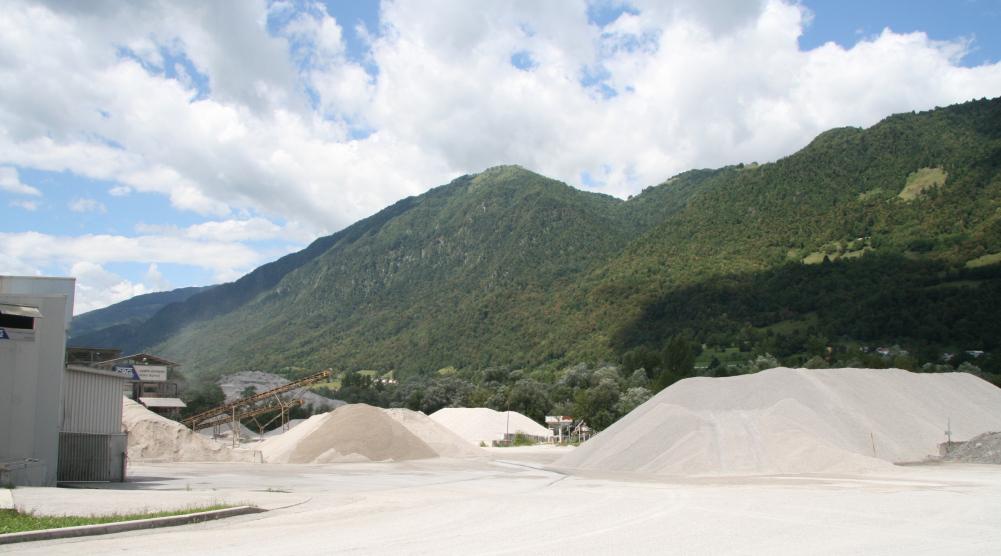
The supplier in Doline near Tolmin does not have exact information as to how much and where the buyers take the sand, because they do not deliver it directly to Croatia.
Direct delivery was only made the first time they were contacted by the Croatians three years ago, says Renato Leban, the head of the Doline site. “We sold gravel to a Croatian company which designed beaches. We supplied them with gravel sized between 16 and 32mm, which is perfect to lay down on.”
Together with the nearby concrete manufacturer, the Doline site in Tolmin employs seven people. It has been managed by the Nova Gorica CPG road company since 1987. They produce 16 different fragments – from natural rounded pebbles to crushed gravel used for concrete surfaces. The majority of their material goes for building purposes, explains Leban. “Our material is most wanted for building purposes, for example for aggregate concrete pavers.”
The Ministry of Environment and Spatial Planning decides on the quantity of natural deposits that can be extracted from nature, according to a regulation on concessions for the extraction and economic use of deposits. “The plan says 35,000 m3 annually, but we never reach this figure, mostly due to the water level of the Soča River. We have created capturing pools in the Soča in order not to harm the environment. We are in contact with the Tolmin Fishing Society and actually our activities do not affect the Soča riverbed itself”.
The annual concession fee contractors have to pay is determined by the quantity of material used and its average market value. Half of the fee goes to the state, while the second half goes to the local community.
Mariša Bizjak, Radio Koper; translated by K. J.

































































